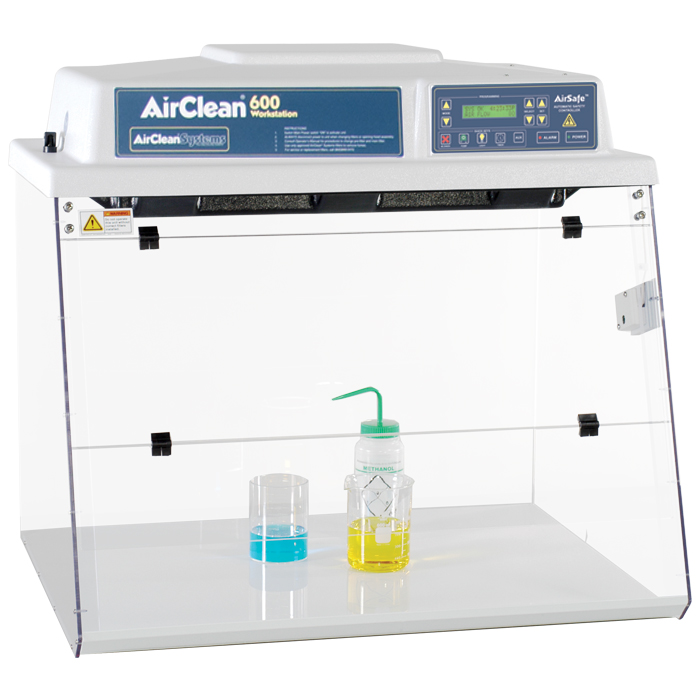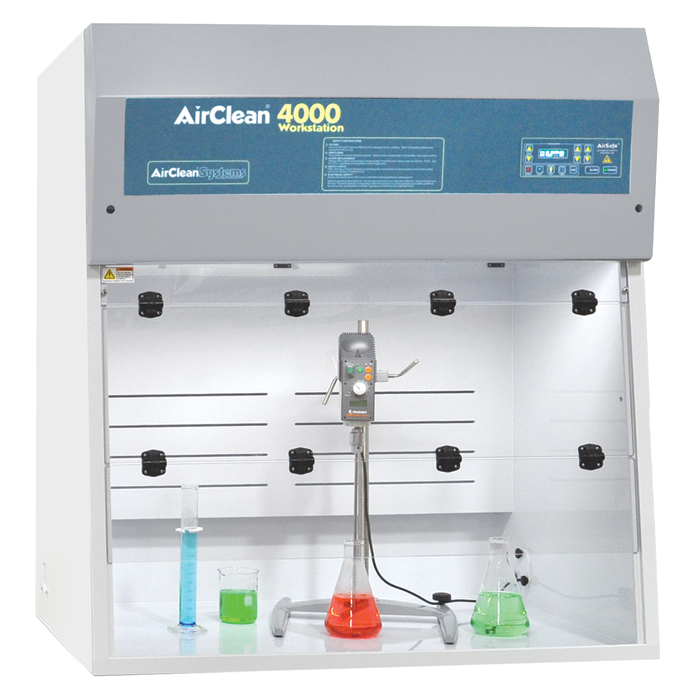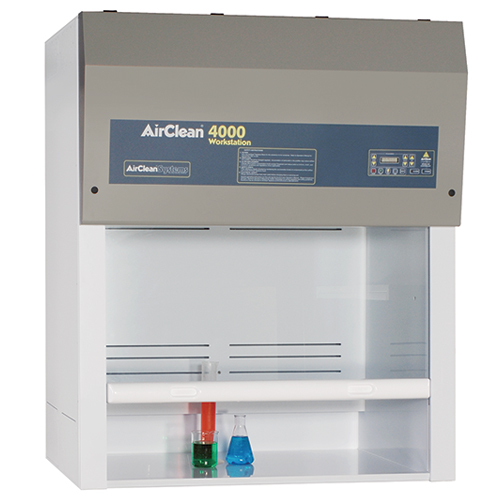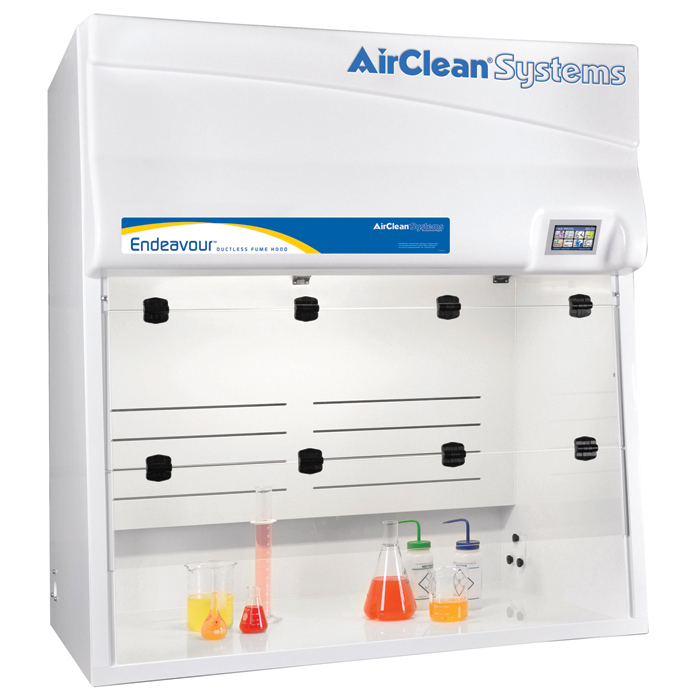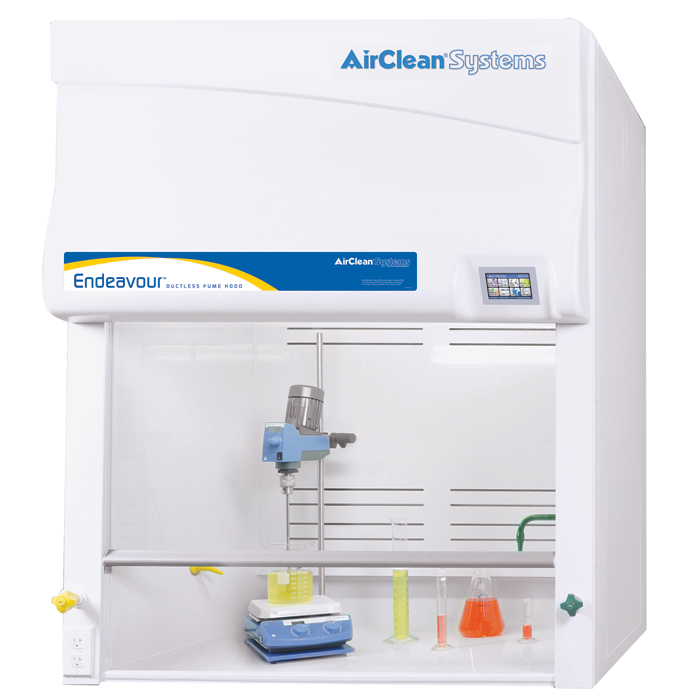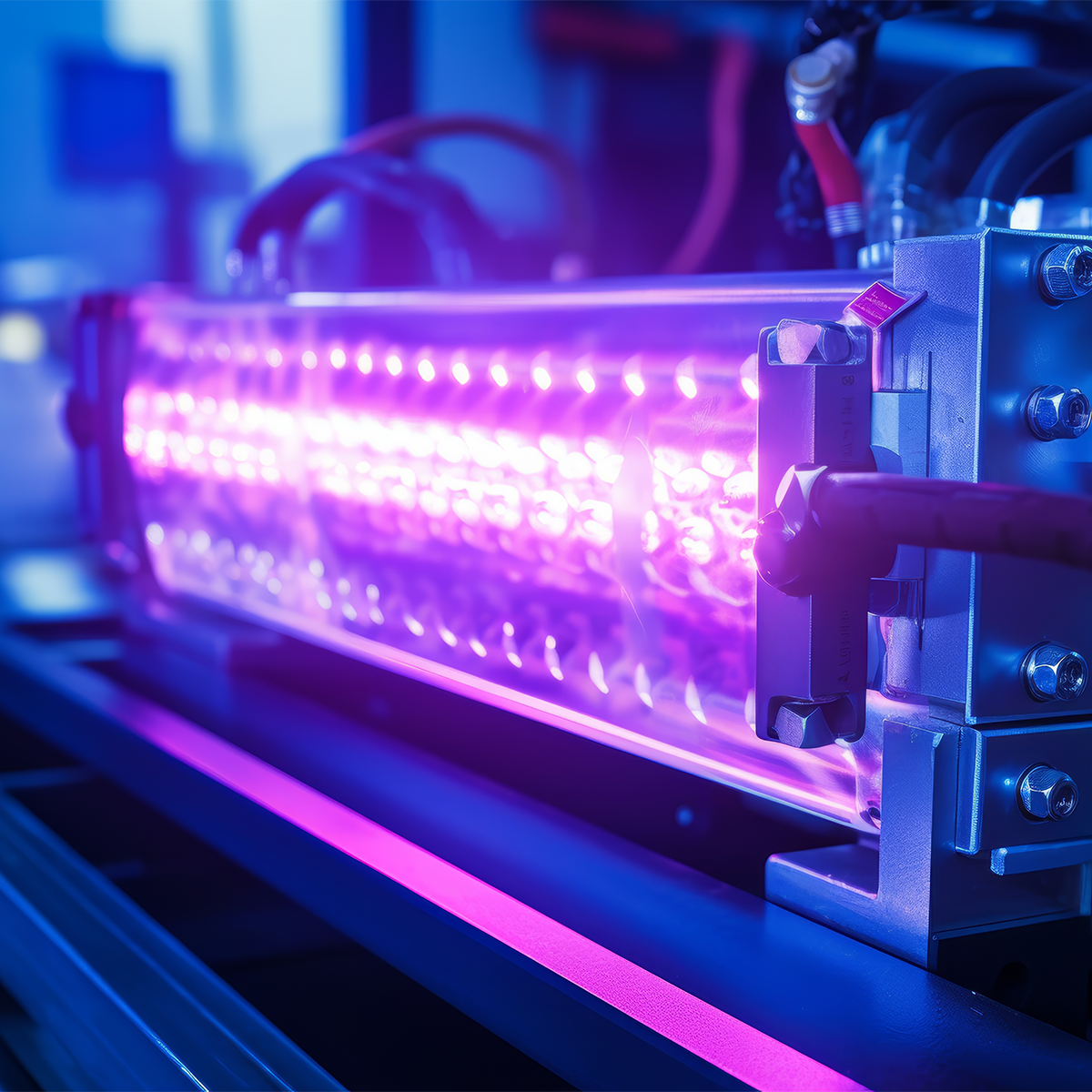
Light Curable Adhesives
Adhesives that are cured by visible and ultraviolet (UV) light provide certain manufacturing advantages compared to their traditional heat, moisture, and air-cured counterparts. Those advantages include rapid curing, greater adhesive strength for multiple substrates, formulation flexibility, entirely solvent-free systems, and increased productivity and capacity in many industries. Light-curable adhesives refer to formulations containing reactive monomers, oligomers, and photoinitiators that absorb visible or UV light of specific wavelengths and intensity. This results in the polymerization or “curing” of the adhesive. The two photoinitiators typically used are when light absorption results in radical formation or when an acid is formed. Both mechanisms result in polymer chain propagation.
The ubiquity of light curable adhesives in multiple applications and products demonstrates the advantages these adhesive products bring to manufacturing. These applications include electronics, printed circuit boards, optically clear display bonding, catheters and guidewire bonding, needles and syringes, protective masking material, plastic and glass bonding, structural assemblies, electrical component encapsulation, and potting materials. Research into developing additional light-curing systems in the visible range promises to bring solutions to potential issues arising from the introduction of new technologies for greener chemistries.
Types Of Light Curable Adhesives And Light Sources
Acrylate adhesives are the most prevalent form of light curable adhesives and include acrylates, methacrylates, acrylic acid, and similar functional groups. These adhesives employ photoinitators that form radicals when irradiated. The radicals react with the monomers and oligomers, forming reactive polymeric chains propagating until termination when no reactive sites remain. The diversity of available monomers, oligomers, and additives can impart specialized properties to the adhesive, making these types of adhesives incredibly versatile.
Cationic light curable adhesives are the second most prevalent type and are epoxy-based. The term “cationic” refers to the photoinitiator, which absorbs light and undergoes a chemical reaction to produce an acid. The acid initiates chain propagation, which does not continue into non-UV exposed or shadowed areas and can often require some heating to cure fully. Limitations in monomer and oligomer structures somewhat attenuate the properties that can be achieved. However, oxygen inhibition does not occur in this system, resulting in tack-free cures. Further, greater adhesion with cationic light-cured adhesives has been observed for specific substrates compared to acrylate adhesives.
Light sources for visible and UV light include variations of mercury lamps and the newer light-emitting diode (LED) arrays. Mercury vapor lamps emit ultraviolet light at 240-270 nm and 350-380 nm, wavelengths that typical UV photoinitiators absorb, but also emit visible light up to about 460 nm. Mercury vapor lamps emit broad wavelengths of light, which may lead to uneven curing. Further, mercury lamps must be disposed of and/or recycled appropriately. Therefore, greener LED arrays have been developed. LED arrays emit UV light between 365-395 nm and visible light between 405-460 nm. These arrays may be preferred for some applications because they produce a single, narrow band of wavelengths that provide a more even distribution of light across the cure area, produce very little heat, require no warm-up time, and have a longer life when compared to mercury lamps. However, the choice of light source will depend on the curing requirements of the adhesive as well as the light source intensity. Importantly, substrates must permit light transmission at the required wavelength to allow adequate curing at the bond line.
Ductless Hoods Provide Protection From Fumes During Adhesive Use And Development
Although most light-curable adhesives are solvent-free, the light-curing process itself can induce fumes from the absorption of radiant energy, exothermic chemical reactions, and/or rapid polymerization. Potentially hazardous fumes can be contaminated with ductless fume hoods equipped with activated carbon filtration and laminar airflow. The horizontal laminar flow pulls air from near the operator, across the workspace, and up toward the back of the hood, protecting the operator from chemical fumes. Keep in mind they are well-suited for application development labs and some manufacturing procedures. Additionally, R&D labs that engage in formulation development mixing various monomers would benefit from ductless enclosures that provide portability and activated carbon protection from harmful components such as acrylic and methacrylic acids.
